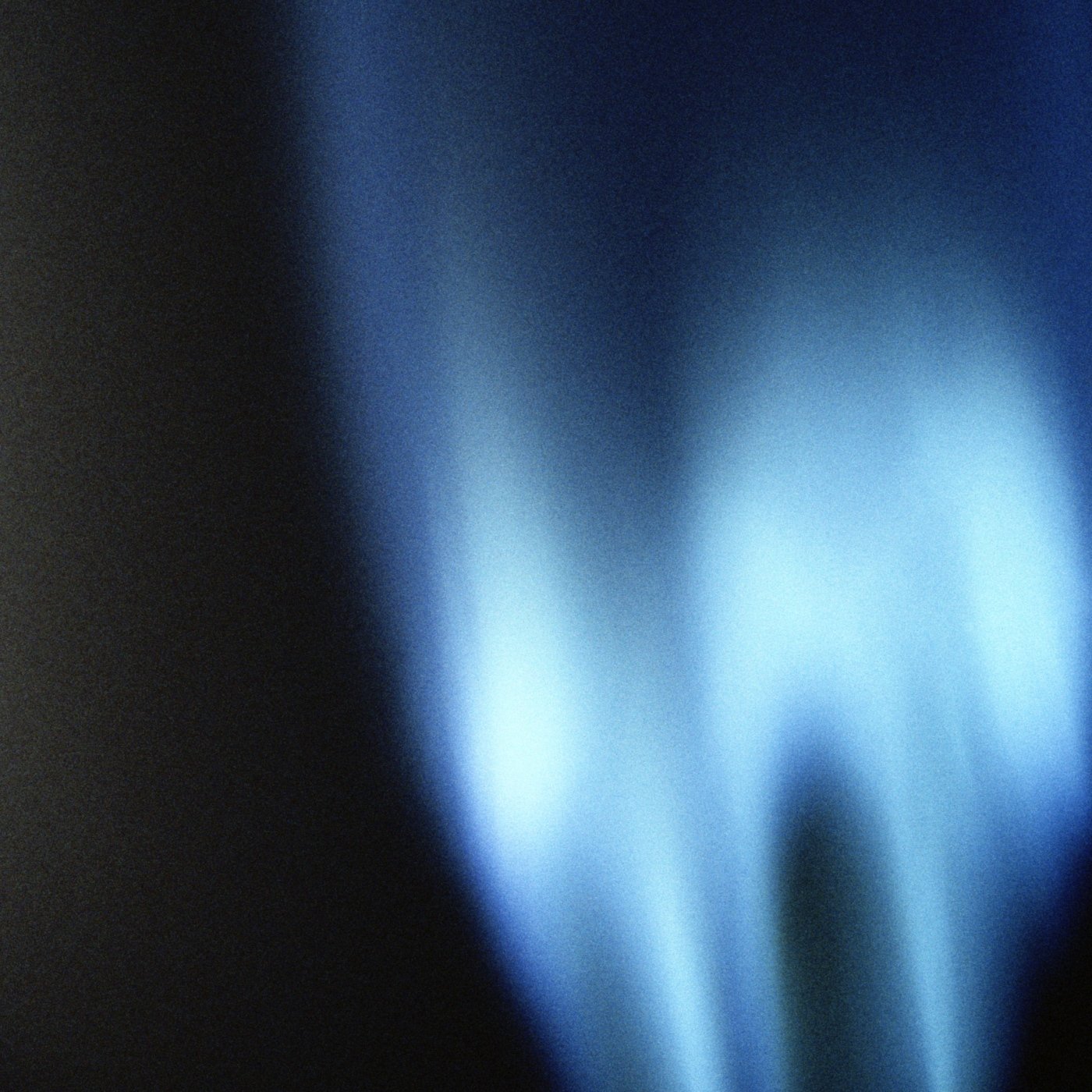Energy
Natural Gas Price Dips on Small Inventory Injection

Published:
Last Updated:

The U.S. Energy Information Administration (EIA) reported Thursday morning that U.S. natural gas stocks increased by 11 billion cubic feet for the week ending August 19. Analysts were expecting a storage addition of around 24 billion cubic feet. The five-year average for the week is an injection of around 57 billion cubic feet, and last year’s storage addition for the week totaled 52 billion cubic feet. Natural gas inventories rose by 29 billion cubic feet in the week ending August 12.
Natural gas futures for October delivery traded up about 0.8% in advance of the EIA’s report, at around $2.86 per million BTUs, and traded near $2.82 after the data release. Natural gas closed at $2.84 per million BTUs on Wednesday, just below a five-day high of $2.86. The 52-week range for natural gas is $2.01 to $3.01. One year ago the price for a million BTUs was around $2.93.
The first cargo of U.S. liquefied natural gas (LNG) arrived Monday at the Chinese port city of Yantian. According to a report from Platts, the load was the 19th cargo loaded at Cheniere Energy’s Sabine Pass liquefaction plant in the Gulf of Mexico. The tanker carrying the cargo, the Maran Gas Apollonia, was the first LNG carrier to transit the newly expanded Panama Canal.
That’s the good news. The less-good news is that LNG shipments to Japan, South Korea and China — the world leaders in LNG imports — had declined by 5% year over year in 2015, according to a report from the EIA. Daily imports to the three Asian countries dropped by 900 million cubic feet per day to 18.2 billion cubic feet per day last year.
Four emerging markets — Thailand, Malaysia, Singapore and Pakistan — are expected to provide growth, as are Taiwan, India and China. Whether that growth will be enough to offset expected lower volumes in Japan and South Korea remains to be seen. Overall, Asian demand for natural gas is improving as these countries increasingly use the fuel for electric power generation.
Stockpiles remain about 9% above their levels of a year ago and about 12% above the five-year average.
The EIA reported that U.S. working stocks of natural gas totaled about 3.350 trillion cubic feet, around 350 billion cubic feet above the five-year average of 3 trillion cubic feet and 275 billion cubic feet above last year’s total for the same period. Working gas in storage totaled 3.075 trillion cubic feet for the same period a year ago.
Here’s how share prices of the largest U.S. natural gas producers reacting to Thursday’s report:
Exxon Mobil Corp. (NYSE: XOM), the country’s largest producer of natural gas, traded down about 0.26%, at $87.47 in a 52-week range of $71.51 to $95.55.
Chesapeake Energy Corp. (NYSE: CHK) traded up about 0.9% to $6.32. The stock’s 52-week range is $1.50 to $9.55.
EOG Resources Inc. (NYSE: EOG) traded down about 0.7% to $90.14. The 52-week range is $57.15 to $92.10.
In addition, the United States Natural Gas ETF (NYSEMKT: UNG) also traded up about 0.8%, at $8.37 in a 52-week range of $5.78 to $12.75.
A financial advisor can help you understand the advantages and disadvantages of investment properties. Finding a qualified financial advisor doesn’t have to be hard. SmartAsset’s free tool matches you with up to three financial advisors who serve your area, and you can interview your advisor matches at no cost to decide which one is right for you. If you’re ready to find an advisor who can help you achieve your financial goals, get started now.
Investing in real estate can diversify your portfolio. But expanding your horizons may add additional costs. If you’re an investor looking to minimize expenses, consider checking out online brokerages. They often offer low investment fees, helping you maximize your profit.
Thank you for reading! Have some feedback for us?
Contact the 24/7 Wall St. editorial team.